Mouse Not Working: USB, Bluetooth, or Wireless Mice
Just bought a new mouse and need help? Check out our mouse setup guide!
Why Do Mouse Issues Occur?
Mouse problems can occur for many reasons. It could be as simple as a loose connection, low battery, or it might be due to corrupted drivers.
Common Causes of Mouse Malfunctions
- Corrupted mouse drivers
- Battery issues (for wireless and Bluetooth mice)
- Loose connections (for USB mice)
- Bluetooth pairing problems
- Hardware defects or damage
Understanding Mouse Types
- USB Mouse: Connects directly to your computer via a USB port. These are plug-and-play devices, the operating system automatically installs the necessary drivers.
- Bluetooth Mouse: Uses Bluetooth technology to connect wirelessly. Requires pairing with your computer and occasional battery replacements.
- Wireless Mouse with USB Receivers: Uses a USB receiver to communicate wirelessly, providing a more stable connection than Bluetooth. These also run on batteries.
Resolving USB Mouse Not Working
If your Dell or Alienware USB mouse isn't working, try these steps:
Checking for Loose Connections
The most common cause of a USB mouse not working is a loose connection. Ensure that the USB cable is securely plugged into your computer.
Trying a Different USB Port
If the connection is secure, try plugging the mouse into a different USB port. Sometimes, specific ports on your computer may fail due to software or hardware issues.
If the mouse doesn't work, try to reinstall the mouse driver.

Fixing Bluetooth Mouse Issues
Having trouble with your Dell or Alienware Bluetooth mouse? Try these steps to get it working again.
Checking Bluetooth Status
First, ensure Bluetooth is enabled on your computer. If it's turned off, your mouse won't be able to connect. To check if Bluetooth is enabled:
- Go to Start > Settings > Bluetooth & devices and ensure the Bluetooth toggle is turned on. Open Windows Bluetooth settings.
If this doesn't help, check if your mouse is paired.
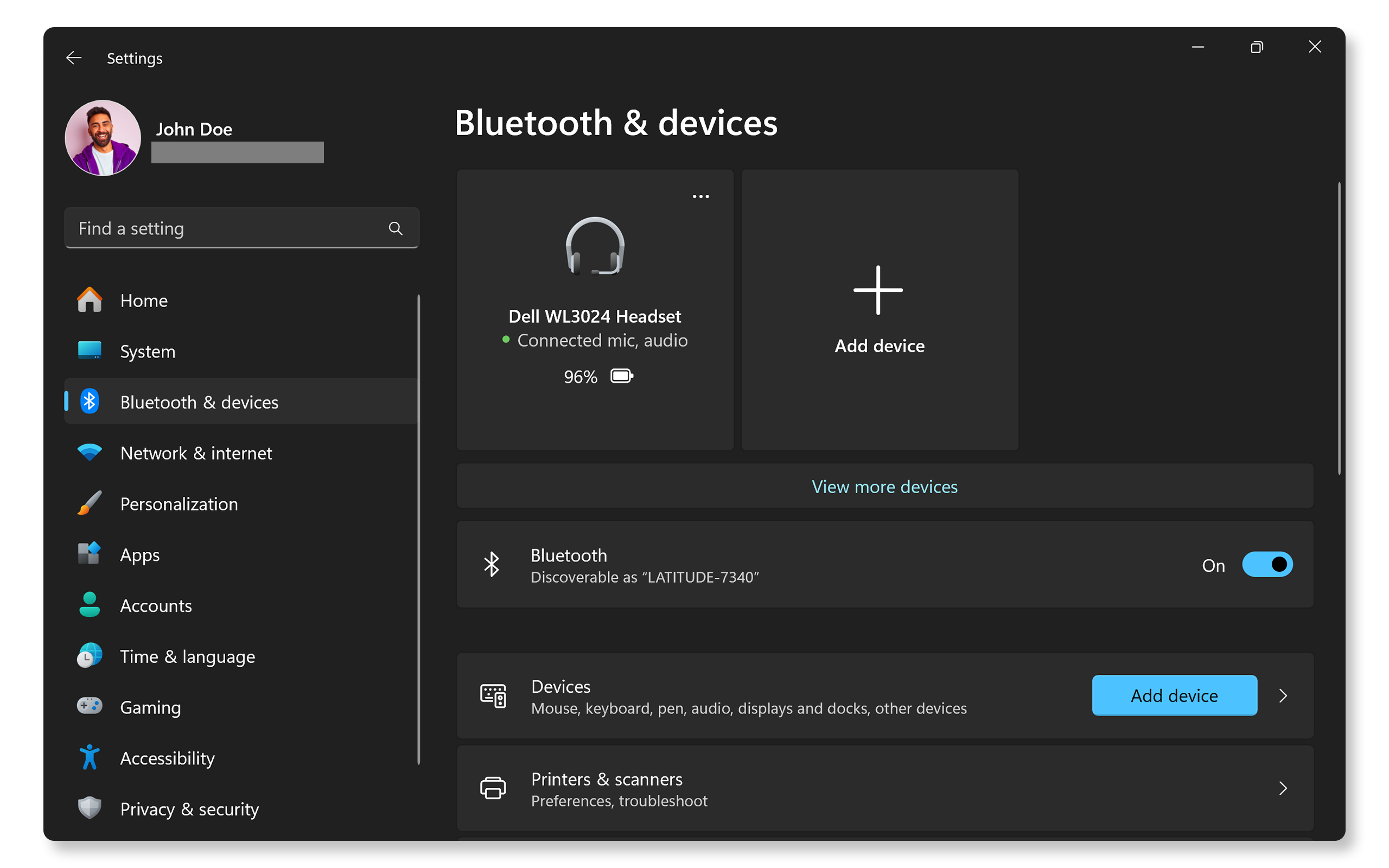
Checking Mouse is Paired
If your Bluetooth mouse isn't working, it may have lost it's pairing with your computer. Go to your Bluetooth settings, find your mouse in the list of paired devices, and reconnect it.
- Go to Start > Settings > Bluetooth & devices > Bluetooth and check if your mouse is listed under the Input section. If it isn't, try pairing your Bluetooth mouse.
If this doesn't work, try replacing or recharging the batteries.

Resolving Wireless Mouse Issues
If you are experiencing issues with your Dell or Alienware wireless mouse? Follow these steps to get your mouse working smoothly again!
Checking USB Receiver
Wireless mice use a USB receiver or dongle to connect to your computer. Ensure the receiver is securely plugged into a working USB port.
Reconnecting the Wireless Receiver
If the mouse isn't working, try unplugging the wireless dongle and connecting it back in after a few seconds. This can help re-establish the connection.
If this doesn't help, try replacing or recharging the batteries.
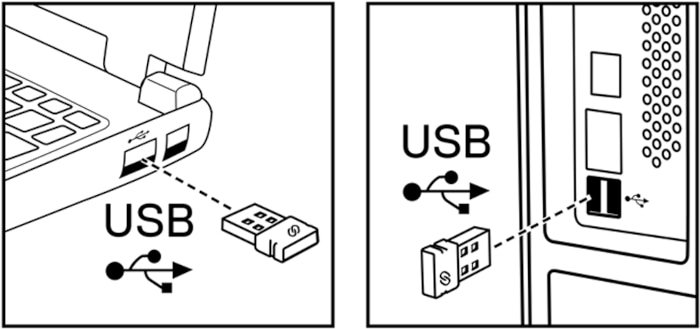
Moving the Mouse Closer
Physical barriers can affect connectivity of Bluetooth and wireless mice. Moving the mouse closer to your computer helps resolve connectivity issues.
If this didn't fix the issue, try replacing or recharging the batteries.
Replacing or Recharging Batteries
Like Bluetooth mice, wireless mice also need batteries to operate. Low battery charge is a common cause of non-responsive mouse.
Mouse still doesn't work, check for driver and BIOS updates.
Updating Drivers and BIOS
Outdated system drivers and BIOS can cause connection issues. SupportAssist is Dell's automated tool that scans your Windows computer for driver and firmware updates, downloads, and installs them.
- Search for SupportAssist in the Start menu and open the app.
- On the Home tab, select Update Software.
- Click Start to check for driver and BIOS updates.
- Follow the on-screen instructions to complete the installation and restart your computer if prompted.
If you don't have SupportAssist, refer to our driver update guide for alternative methods to download and install Dell drivers.
If the mouse still doesn't work, try to reinstall the mouse driver.
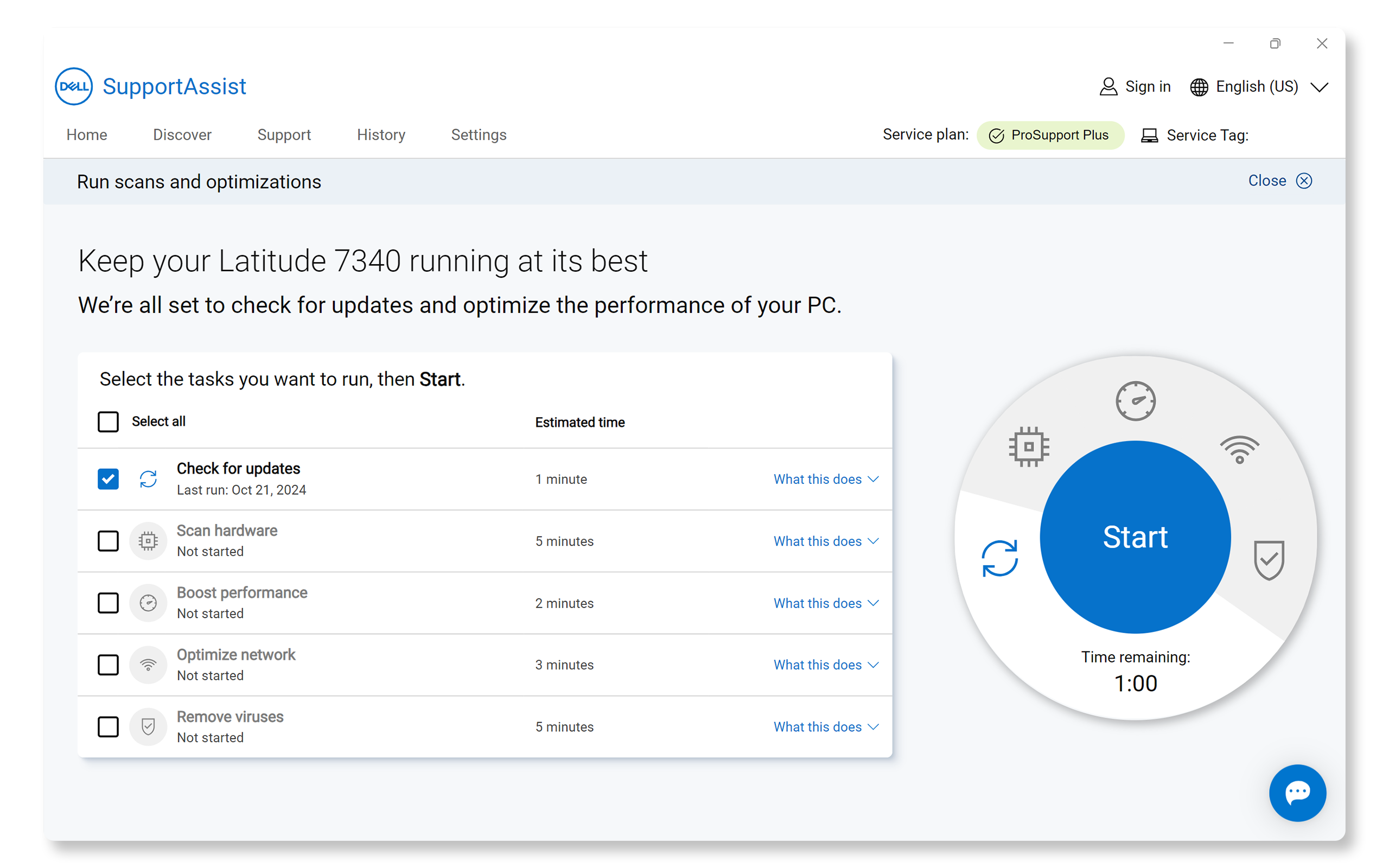
Reinstalling the Mouse Drivers
Corrupted mouse drivers often cause mice to stop working. To fix this:
- Right-click on the Start button and select Device Manager.
- Expand Mice and other pointing devices.
- Right-click on each entry and select Uninstall device.
- Restart your computer. Windows automatically reinstalls the necessary drivers.
If reinstalling drivers didn't resolve the issue, test the mouse on another device.
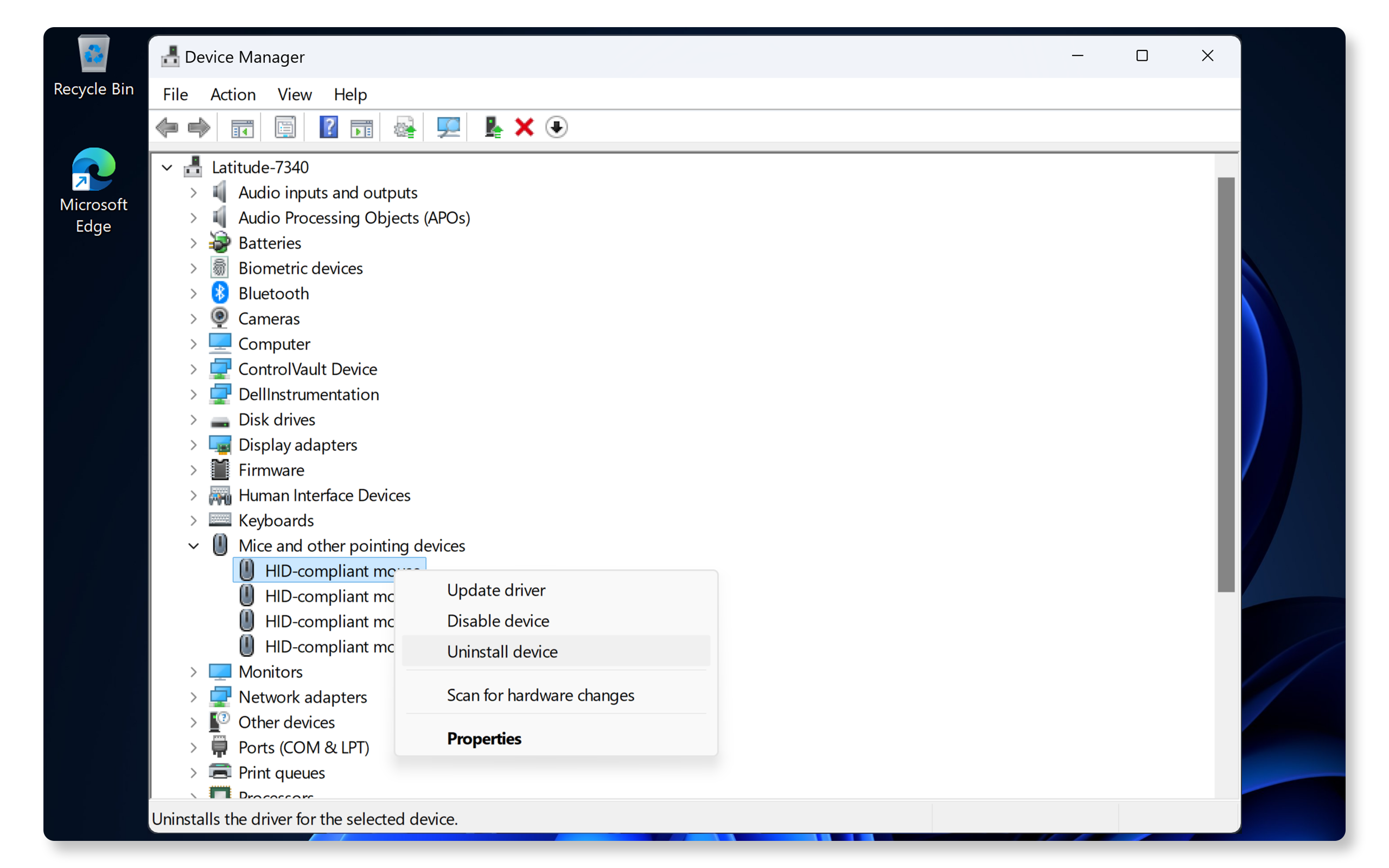
Testing the Mouse on Another Device
To rule out whether the issue lies with the mouse or the computer, try connecting the mouse to another device. If it works on a different computer, the problem is likely with your computer settings.
If the mouse still doesn't work, try some additional steps to resolve mouse issues.
Frequently Asked Questions (FAQs)
Here are some answers to common questions that users ask about mouse issues.
1. How do I pair my Bluetooth mouse?
- Check out our Bluetooth pairing guide for step-by-step instructions.
2. How do I switch my mouse buttons?
- By default, the primary mouse button is set to the left button. To switch the primary mouse button from left to right in Windows:
- Go to Start > Settings > Bluetooth & devices > Mouse. Locate the Primary mouse button dropdown menu and select Right. Open Windows mouse settings.
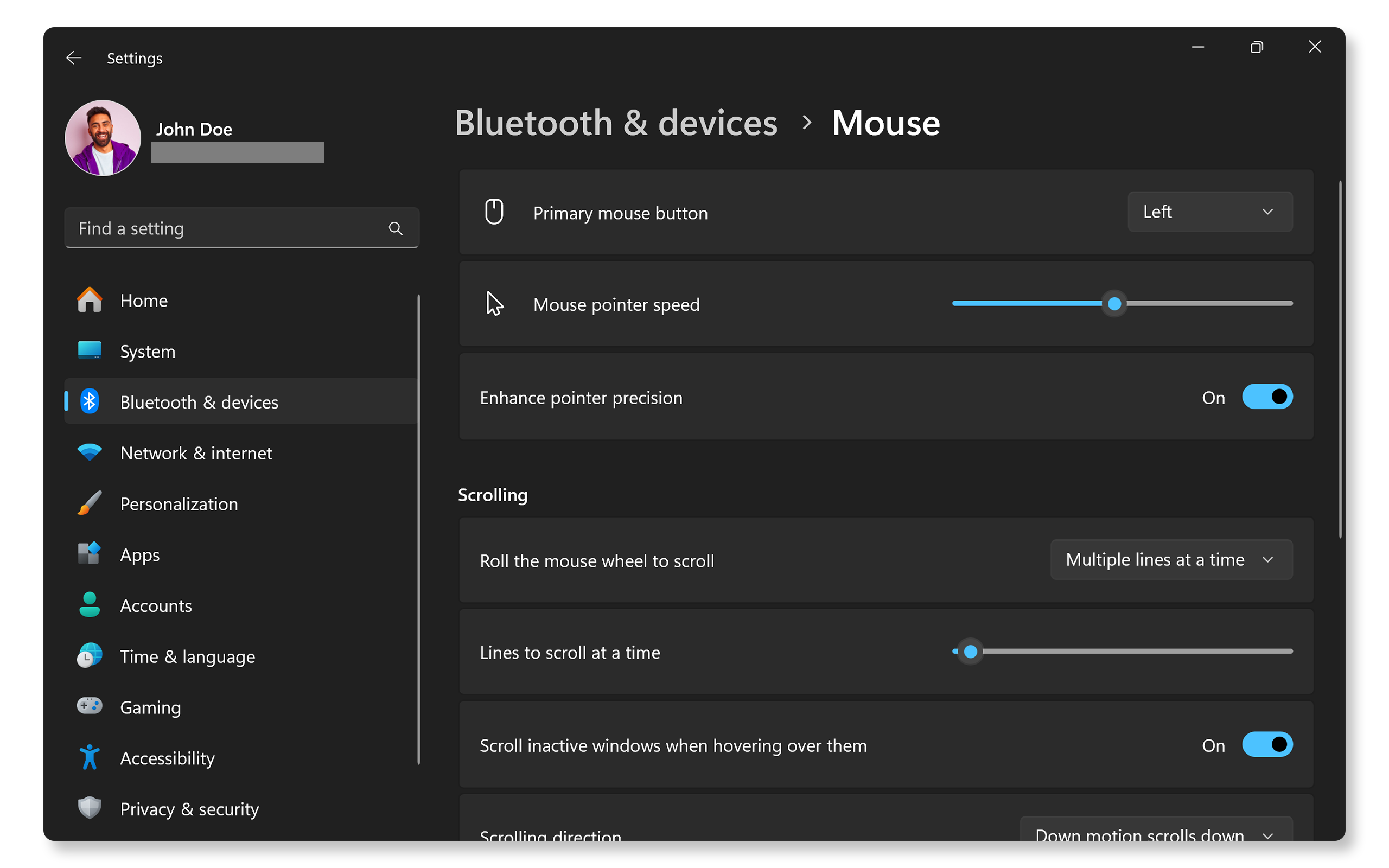
3. How do I adjust my mouse's scrolling settings?
- Windows lets you to customize your scroll wheel settings, including scrolling speed, lines to scroll at a time, and scrolling direction. To adjust these settings:
- Go to Start > Settings > Bluetooth & devices. Locate the Scrolling section and adjust the settings to your preference. Open Windows mouse settings.
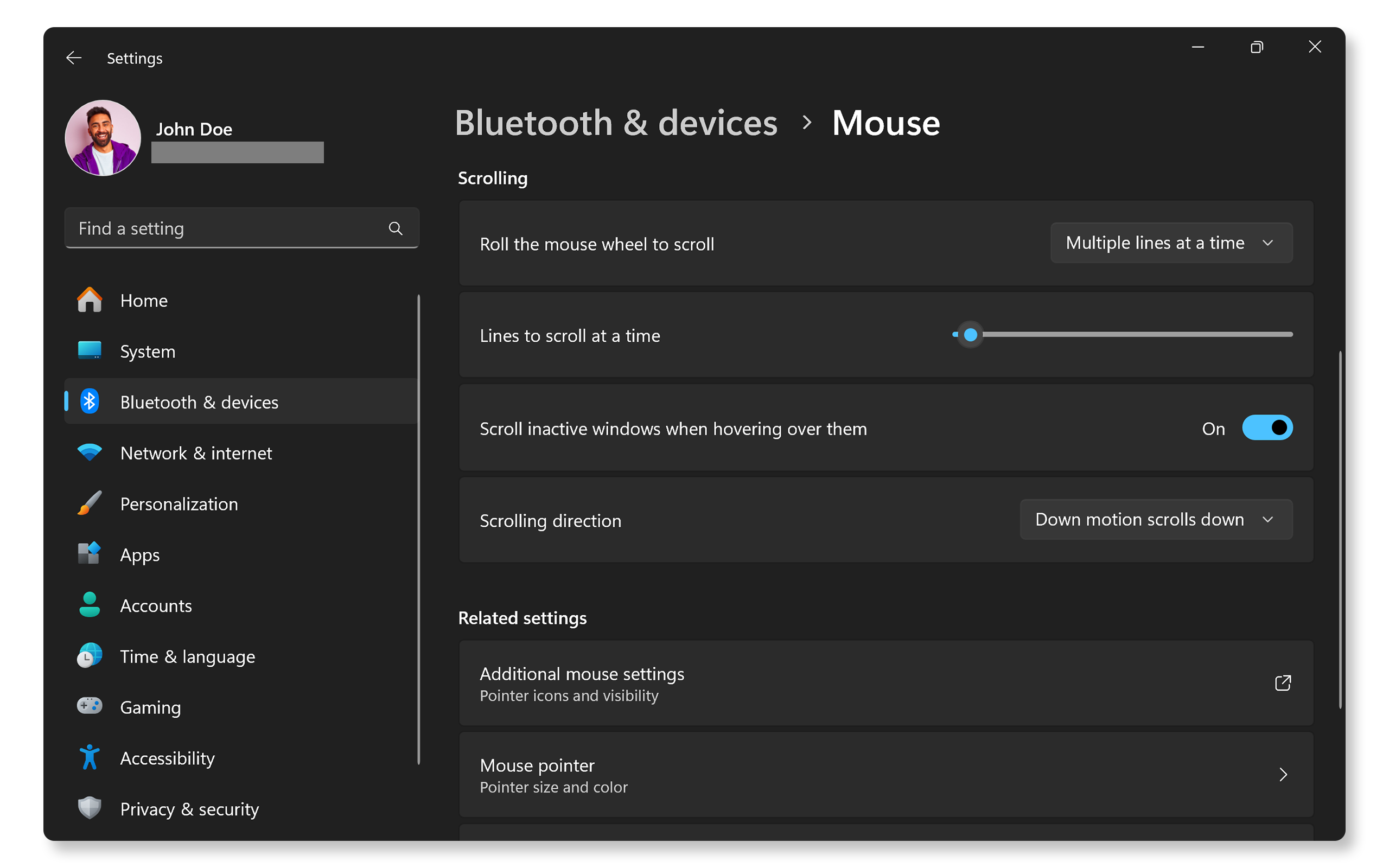
4. How do I disable the touchpad on my laptop when using a mouse?
- To disable the touchpad when using a mouse, follow these steps:
- Go to Start > Settings > Bluetooth & devices > Touchpad. Open Windows touchpad settings.
- Click on Touchpad and uncheck the option Leave touchpad on when a mouse is connected.
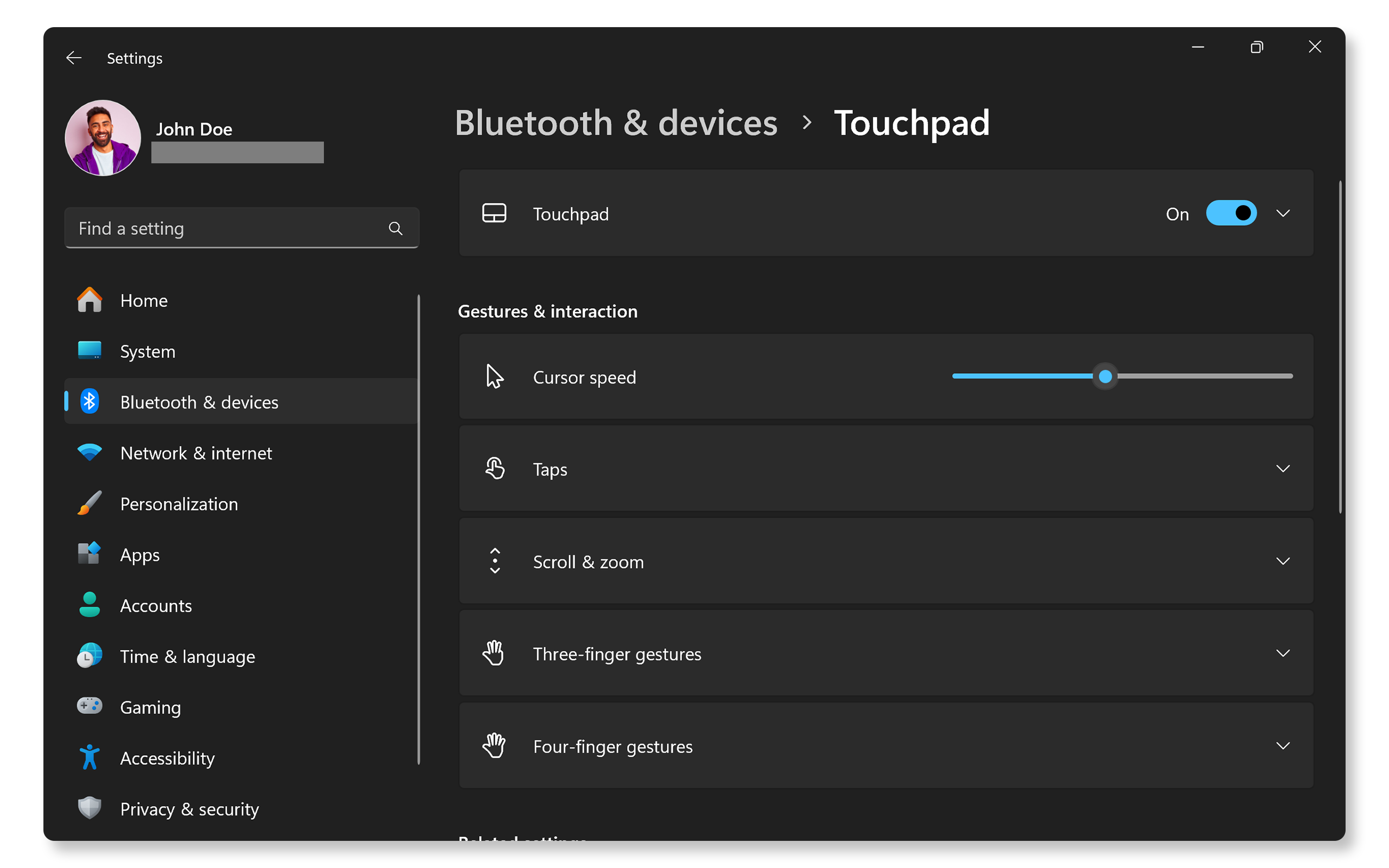
5. The right-click function on my mouse doesn't work. How can I fix this?
- Connect your mouse to another device. If the right-click button still doesn't work, there might be a hardware issue with your mouse.
- If the right-click button works on another device, try these steps:
- Disconnect the mouse or unpair (for Bluetooth mouse).
- Wait for 15-20 seconds, then reconnect or pair it again.
- Try reinstalling the mouse drivers.
6. What should I do if my wireless mouse keeps disconnecting?
- Replace or recharge the batteries.
- Ensure the USB receiver is securely connected to your computer.
- Bring the mouse closer to the receiver.
7. How do I download my mouse drivers?
- Dell and Alienware mice use plug-and-play technology, they don't require any additional drivers to be installed manually. The operating system automatically detects and installs the necessary drivers as soon as you start your computer.
8. Why does my Bluetooth mouse keep disconnecting?
- Replace or recharge the batteries.
- Update the Bluetooth driver.
- Bring the mouse closer to the computer.
9. My mouse cursor moves erratically or jumps on its own. How can I fix this?
- Clean the mouse sensor and surface with a soft microfiber cloth or a cotton swab and compressed air can, as dirt can interfere with tracking.
- Bring the mouse closer to your computer (for wireless and Bluetooth mice).
- Adjust the mouse sensitivity settings in Windows.
- Go to Start > Settings > Bluetooth & devices > Mouse and adjust the Mouse pointer speed using the slider. Open Windows mouse settings.
- Try disabling Enhance pointer precision.

- Reinstall the mouse drivers.
10. How do I adjust my mouse's cursor speed if it's too slow or too fast?
- If your mouse cursor is moving too slowly or too quickly, you can easily adjust the speed in Windows. Here's how:
- Go to Start > Settings > Bluetooth & devices > Mouse. Open Windows mouse settings.
- Adjust the Mouse pointer speed using the slider according to your preference.

11. Can I use my mouse while charging?
- Many mice support charging via a USB cable. Check your mouse's user guide if it supports charging or needs AA or AAA batteries.
- If your mouse supports USB charging, it is safe to use it while charging.
12. Can physical damage affect mouse performance?
- Yes, any physical damage can lead to malfunctioning buttons or connectivity issues.
13. How do I configure the lights on my Alienware mouse?
- Install Alienware Command Center to personalize the lighting effects on your Alienware mouse.
14. How do I assign or customize the buttons my Dell mouse?
- Install Dell Peripheral Manager to assign and manage the customizable buttons on supported Dell mice.
15. What should I do if none of these troubleshooting steps work?
- Additional Troubleshooting: Try some additional steps to resolve mouse issues.
- Use Dell Community Forums: Join the Dell Community Forums to get help from other users.
Video Resources
Discover how to easily pair and connect Bluetooth devices to your Windows 11 PC in this helpful tutor ial video.
...
